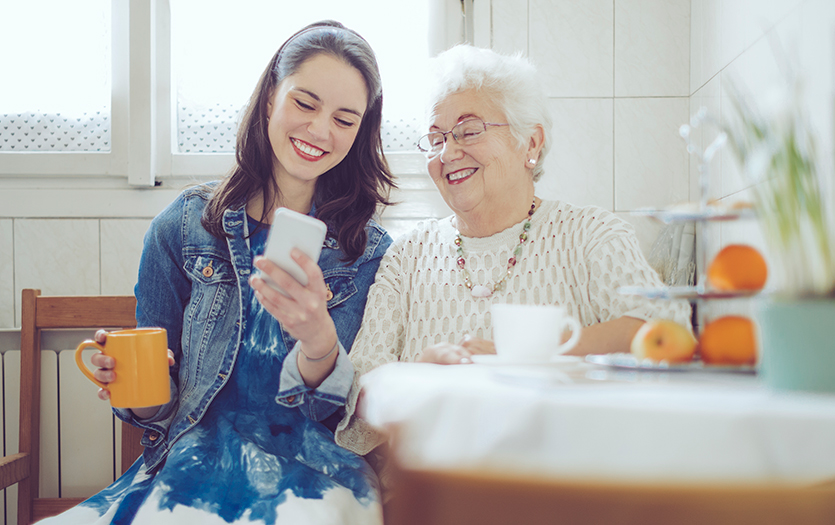
According to the National Coalition Against Domestic Violence, 1 in 3 women and 1 in 4 men in the United States have experienced physical violence by an intimate partner. Considering the shocking prevalence of abuse, it’s likely that all of us know at least one person affected by domestic violence. Unfortunately, many of us aren’t sure what we can do to make a difference, and victims of abuse can be left feeling helpless and isolated.
The responsibility we have to provide assistance to individuals in abusive situations is something that Parkview leadership takes seriously. Sue Ehinger, Chief Experience Officer, Parkview Health, emphasized our commitment to connecting victims to resources. “When you talk to people who have been through domestic violence, so many of them felt alone,” said Sue. “As friends, coworkers and employers, we never want anyone to feel like they have nowhere to turn. Together, we’re saying to victims that there are people here for them who want to help. We have an incredible resource with the local YWCA, so no one should have to face this situation alone.”
In honor of Domestic Violence Awareness Month, Mary Jo Hardiman, COO, YWCA Northeast Indiana, volunteered to answer our questions regarding the signs of abuse, how to help and steps for prevention.
What are the signs of an abusive situation?
Unexplained Injuries or a pattern of bruises/injuries.
These injuries will most often be seen from physical abuse, such as kicking, slapping, biting, burning, or hair pulling. You may also see marks from being restrained around the neck, wrists or ankles.
Injuries that come from strangling.
Signs of strangling include broken capillaries in the whites of the eyes, and broken blood vessels on the face, scalp, or behind the ears.
A change in an individual’s self-esteem or self-worth.
Verbal and emotional abuse such as blaming the victim, name calling or threatening to harm the victim, their children or their pets, can cause a drastic change in how an individual views him or herself.
Being stalked physically or through technology.
Multiple texts or emails a day, location tracking, call monitoring, or controlling a cell phone, tablet, or even a victim’s work phone or work email are all common in abusive situations. Abusers may also show up unannounced at a victim’s workplace.
Sexual abuse.
This can include rape or multiple affairs.
Financial abuse.
Abusers may prevent the victim from keeping a job. Usually, there will be a noticeable change in the employees attendance. Financial abuse can often include controlling the money in the household and forcing the victim to make tough decisions, such as choosing between buying their children coats to stay warm in the winter or buying food.
What can you do to help?
The best thing that you can do is refer the victim to the YWCA for help. They offer a 24 hour crisis line (1-800-441-4073 or 260-447-7233) and have trained advocates who are ready to listen and provide options, such as a crisis shelter for adults and children, safety planning, and the ability to meet with the victim in a safe location in order to provide help. Often, they are able to connect victims to legal resources, counseling, housing, provide childcare referrals, assist with protective orders, accompany them to court, and more.
If you witness an assault, call the police.
How can you prevent someone from feeling alone in an abusive situation?
“Believe them,” Mary Jo said. “Keep their privacy and confidentiality. Put the blame where it belongs. Never ask them, ‘What did you to do provoke them?’ or ‘Why didn’t you just leave?’ Be available to them, trust takes time. Tell them help is available when they are ready to leave.”
In the end, it’s up to us to help stop abuse. “Domestic violence impacts every member of our community, and we must work together to end it,” Mary Jo said. “Prevention begins at home. We need to teach our children how to solve conflicts peacefully, and help them understand that love does not involve power or control.”



